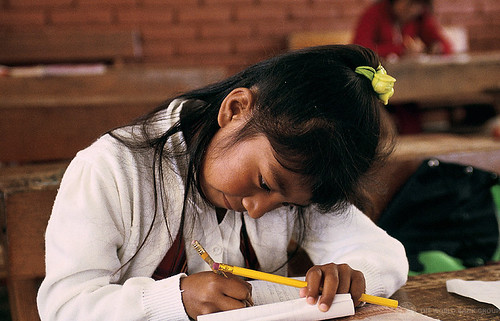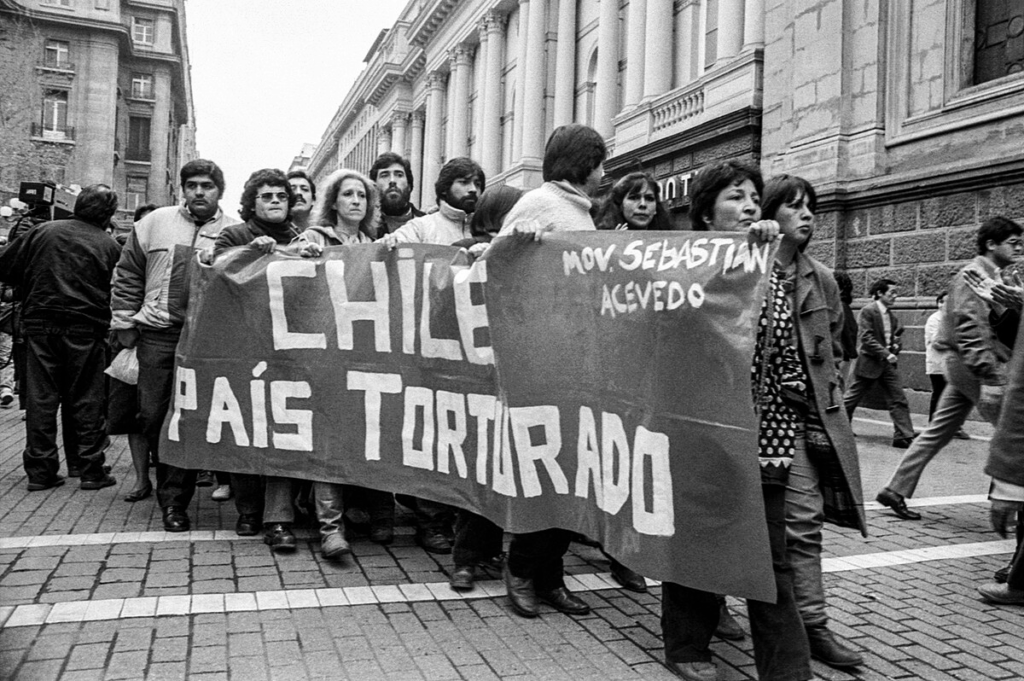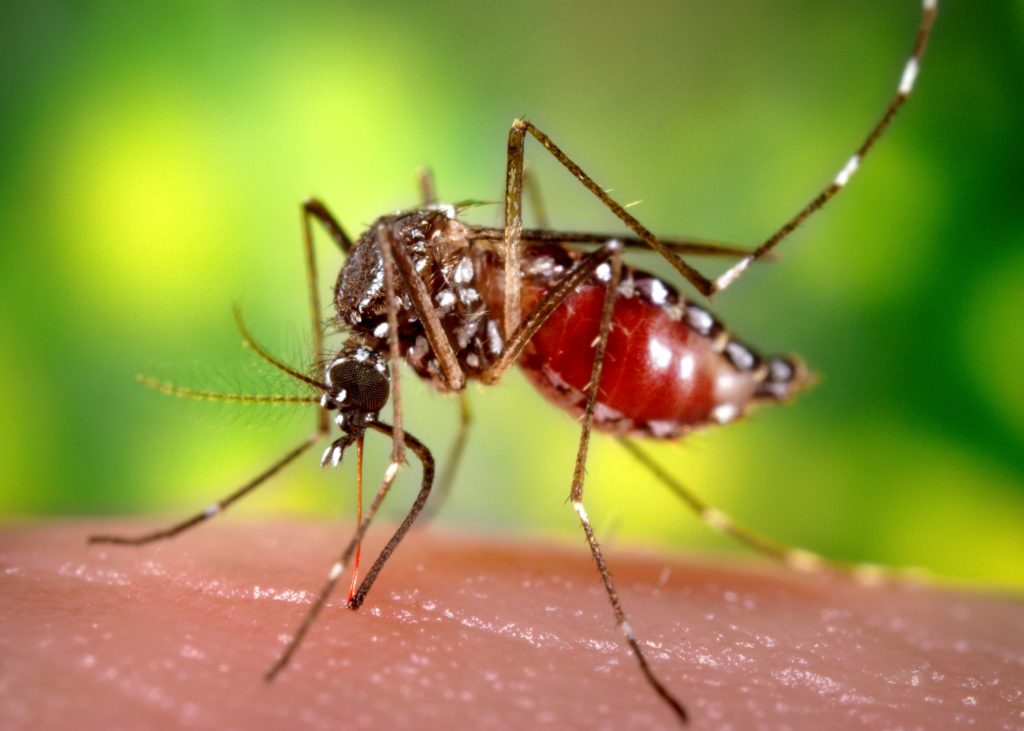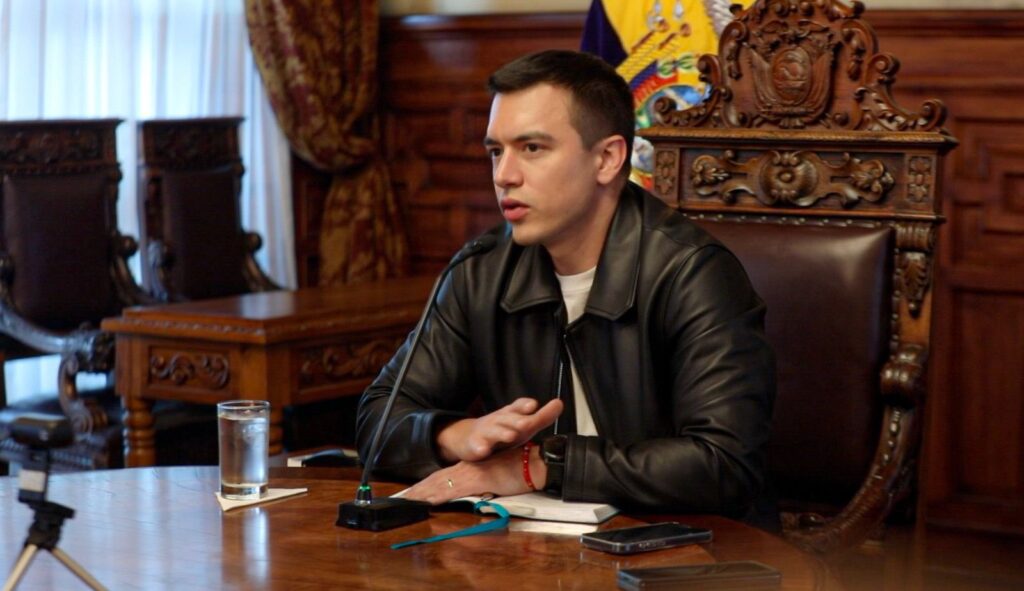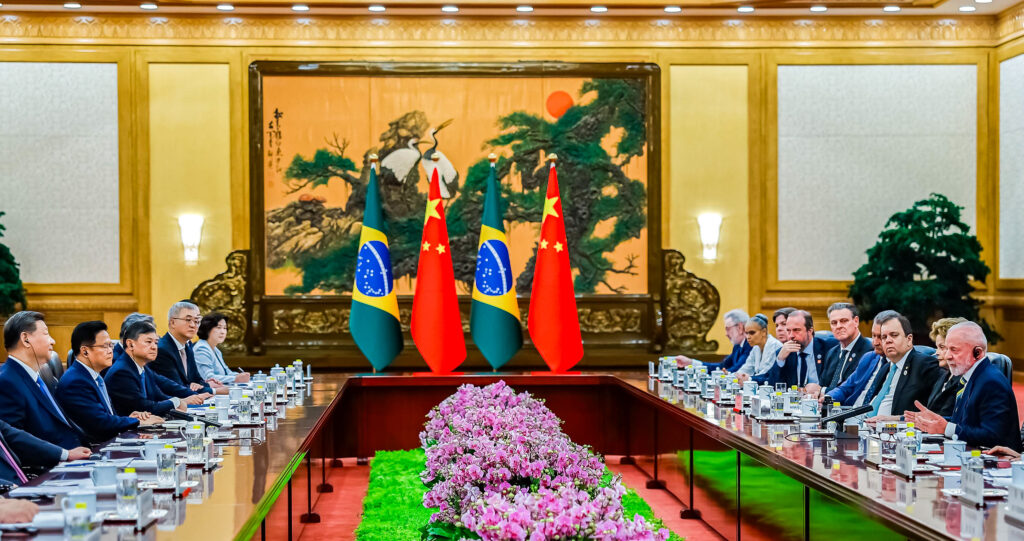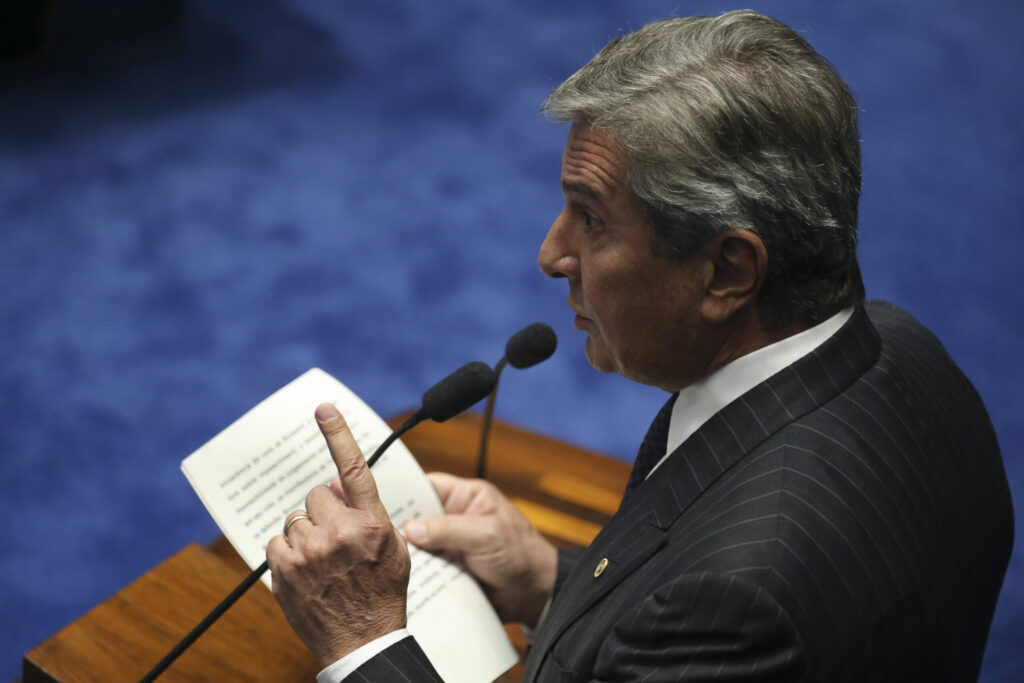Across the world, about 60 percent of the children who lost an entire school year due to the pandemic reside in Latin America and the Caribbean. Recent data from UNICEF shows how the region’s schoolchildren have been disproportionately affected by COVID-19 lockdowns.
From March of last year to February of 2021, Latin American schools were closed for an average of 158 days, nearly half the year since the pandemic began. That marks the longest school closure of any region in the world.
“These new estimates indicate that Latin America and the Caribbean is by far the region most affected by school closures worldwide,” said Jean Gough, UNICEF’s Regional Director for Latin America and the Caribbean. ”Children here have been out of the classroom longer than any other child in the world. In Latin America and the Caribbean, the loss will be more disastrous and far-ranging than in any other region for children, for parents and for the society at large.”
Now UNICEF and other advocacy agencies worry that millions of children in the region will not return to school once the pandemic ends.
The current wave of coronavirus cases in Latin America has served to extend school closures and complicate plans for widespread reopenings. On top of the massive death toll, the economic and social consequences have been equally drastic. It is estimated that tens of millions of people who were not in poverty before the pandemic are now considered impoverished. Countries that were making significant economic strides have now been set back, and the dramatic impact on children portends generational poverty to come. Already, the extreme poverty rate has reached 11.3 percent – a level that the region has not experienced in two decades.
This deepening inequality in the region has led to widespread struggle with remote learning. Many children do not have Internet or the necessary devices at home needed to stay connected with their classes or complete their assignments. There is a clear divide in public and private schools in Latin America as well. A past UNICEF report showed that only half of the children enrolled in public schools can access quality schooling from home, while about 75 percent of children in private schools are getting a quality education from distance learning.
Though certain countries have announced school reopening plans over the past few weeks, it’s unclear how those will actually come to fruition with the low vaccination rates in these same countries.
“In many parts of the world, schools are the first to reopen and the last to close,” Gough said. “But in Latin America and the Caribbean, schools are often the last to open and the first to close.”


